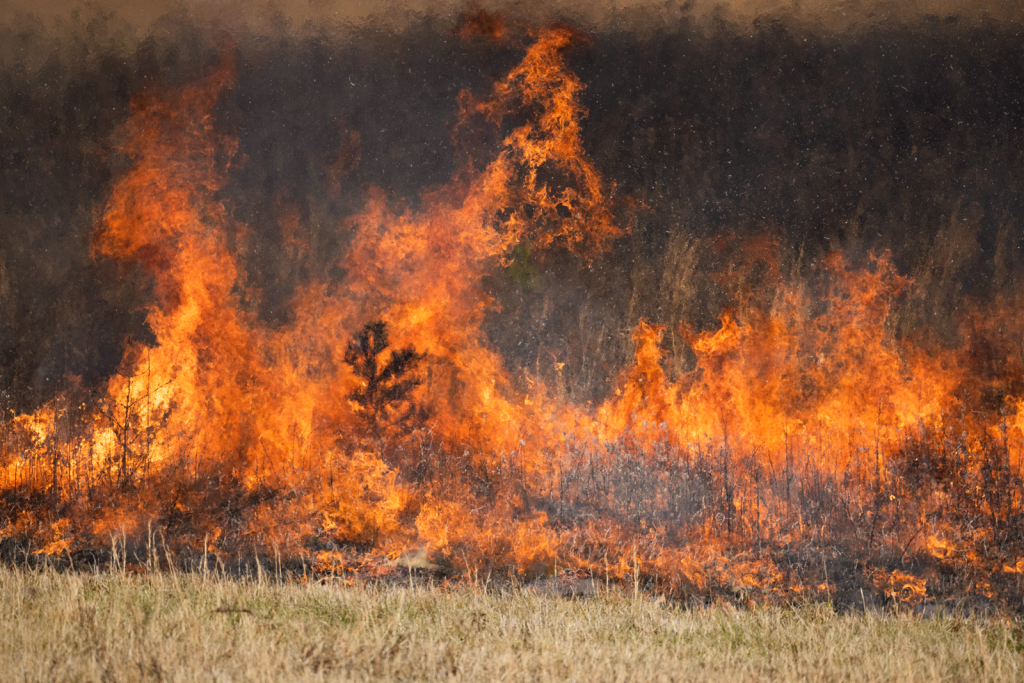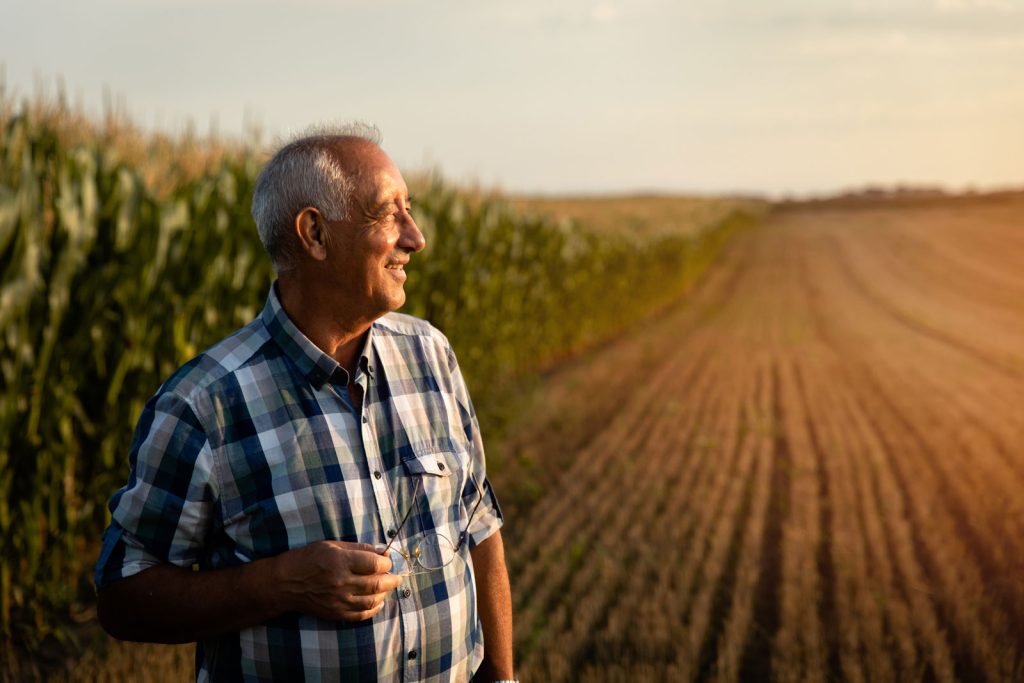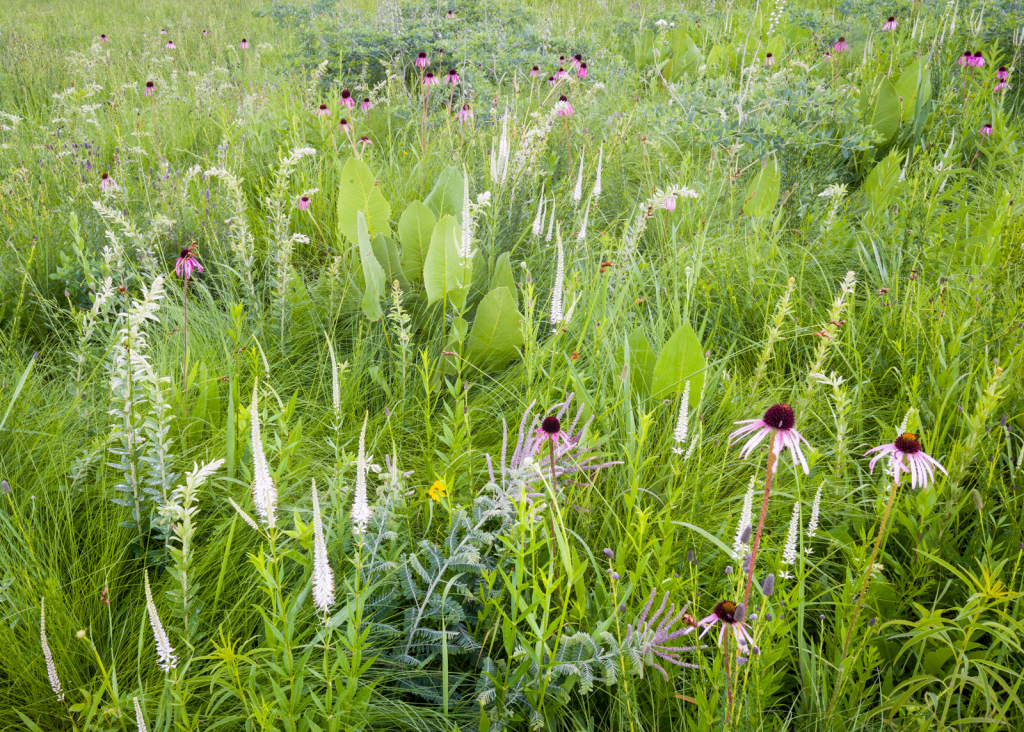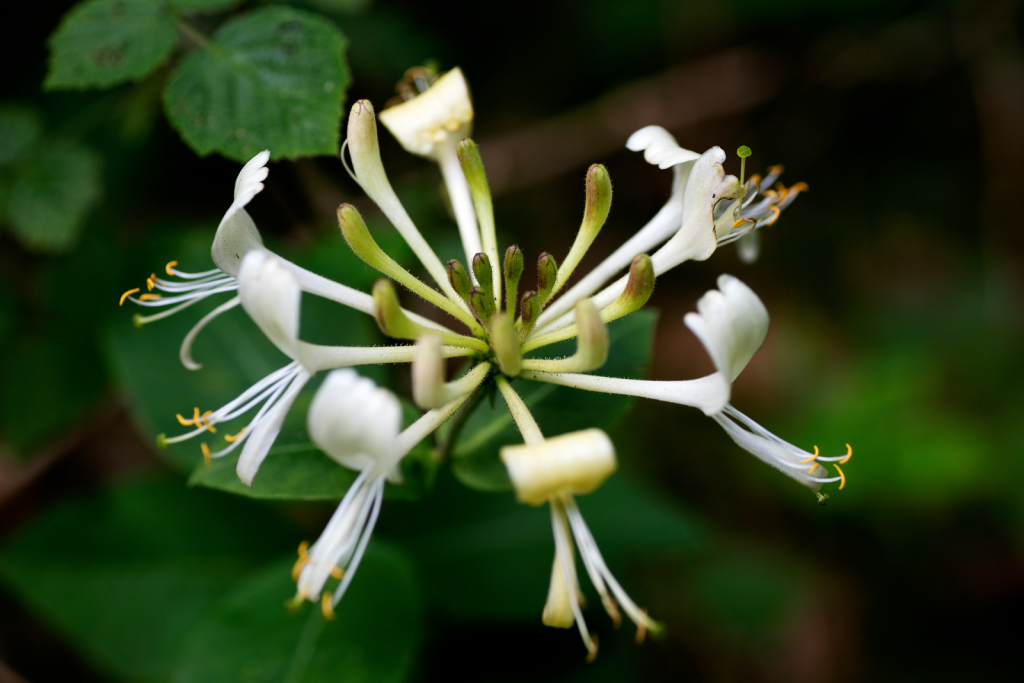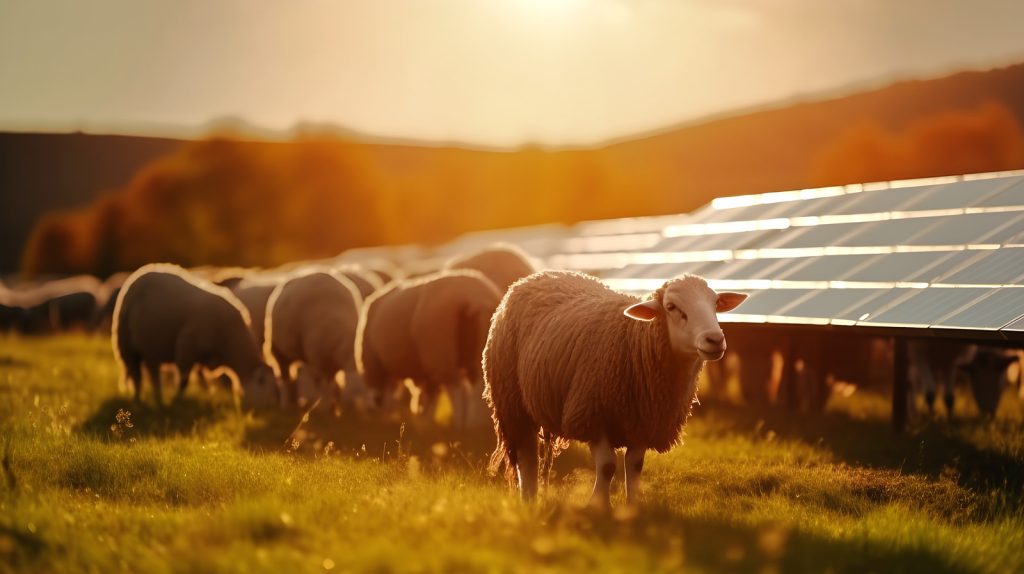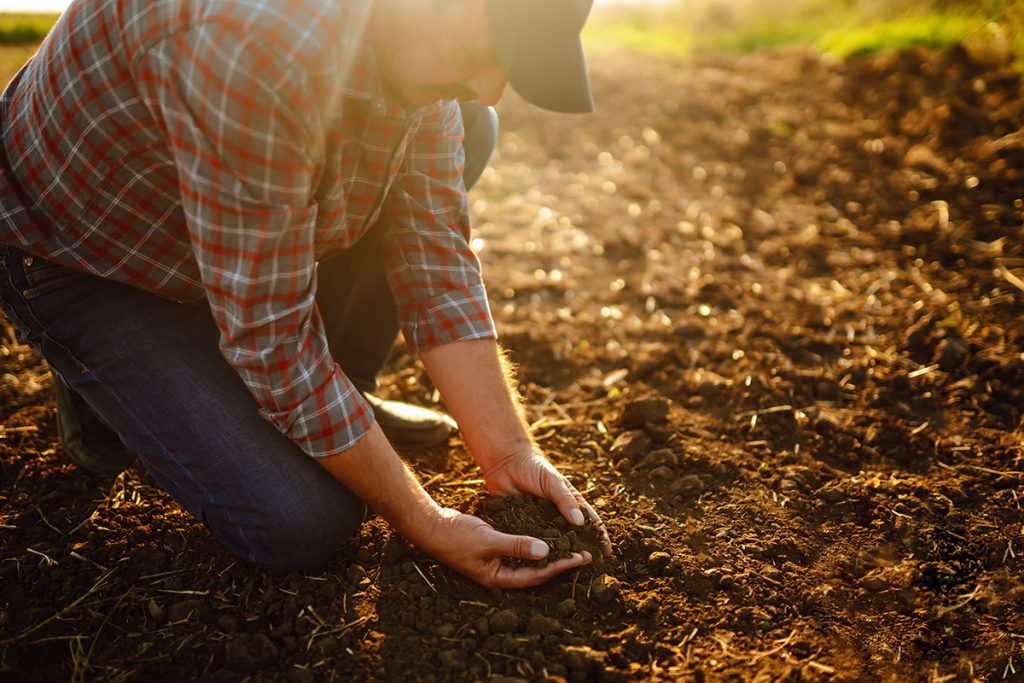The Role of Prescribed Burns in CRP Management
How Controlled Burns Can Be Used as a Tool for Maintaining Healthy CRP Land Prescribed burns, also known as controlled burns, are one of the most effective, natural management tools available for maintaining the health and longevity of Conservation Reserve Program (CRP) plantings. While the thought of intentionally setting fire to land may seem counterintuitive, […]
The Role of Prescribed Burns in CRP Management Read More »

